

PC gamers have had plenty of time to get to know Terraria – already one of the best indie titles to arrive on the platform in recent memory. And considering the genre of open-world mining and crafting it tackles head on, the fact that it’s survived is no accident.
Now that Re-Logic‘s side-scrolling adventure has come to the Xbox 360 and PlayStation 3, allowing console gamers a chance to find out what the fuss is about. But will it prove to be just as successful with a twin-stick controller, or is this one indie title that only a PC fan could love?
The first thing that must be explained before delving into the type of game that Terraria is and is not is where the comparison to Minecraft are justified, and where they imply similarities that in truth, are exaggerated. Yes, players are unable to progress without spending their time mining elements and materials, and yes, those materials are intended to be crafted into items and weapons. But with an actual implied progressions, end goal, and increasingly difficult enemy encounters, Terraria falls more securely into the ‘game’ category than Minecraft ever could.
Dropping the player immediately into the game world, a brief tutorial informs that the first task awaiting the in-game character is the construction of a home. Why a home is needed in a seemingly lush and idyllic world (or why various weapon types are included in the inventory) isn’t yet clear, but soon the truth is made evident. Various small pests found in the world must be dispatched with the swing of a sword, in exchange granting key building materials upon death. When night falls, the real challenge begins.
In the world of Terraria, as in Minecraft, dusk brings the true creepy-crawlies out of the darkness, intent on breaking down any and all barriers between them and the player. Besides establishing a rhythm for gameplay early on, the midnight wave of varying zombies, floating eyeballs, sandworms, etc. proves that the game is not one to be taken lightly, and that even the most secure defenses can be nullified by higher-level enemies. The only way of progressing is to survive the night, and with the first rays of the morning sun, get to work. Quickly.
It is when this realization occurs that the truly stunning elements of the game shine through: pick a direction – left, right, down, or up – and not only will new resources and items be stumbled upon, or dug up in a previously-established cavern or gully, but the limitless expanse of the game’s world soon becomes clear. Even if a death condition can be set as nearly harmless, and return the player to a safe area when defeated, exploring a darkened cave never ceases to be nerve-wracking, since almost anything could reside within.
Even if Terraria may be deceptively straightforward to begin with, this side-scroller changes so drastically over the course of a dozen hours, it is almost inconceivable that they are part of the same game. The players first night may be spent digging stone and fighting zombies off with a spear, but before long the same character is leaping into battle with a massive boss Skeletron, aided by ridiculous armor and rocket boots, all whilst wielding a sword straight out of a sci-fi novel.
The enemies become more ferocious – and numerous – as the player improves and upgrades, but the depth of the core gameplay evolves as well. Moments in Terraria’s later stages put any similarities to Minecraft to shame, calling more on the likes of Spelunky‘s 2D combat and the most beloved of classic arcade platformers.
While that gameplay may work for the console’s interface and controller, there’s no mistaking the fact that the controls will take some getting used to. Using a cursor to mine material with any kind of precision has always been best with mouse and keyboard, but the console ports do tackle the problem competently. The ability to shift from an automatic aim to manual takes a bit of trial and error, but each work to their own strengths over time; assuming the player can do with the occasionally monotonous routine. The interface itself is far easier to navigate than the PC version’s ever would have been on either console.
If there is one drawback to Terraria, it is just how little the game prepares players for what lies in store. The tutorial passes on the first tips for mining and crafting, but without any indication that the game is structured more predictably than the first hours might imply, plenty of fans may put down this game before it even gets out of the starting blocks. The ability to host split-screen co-op alleviates those tensions with advice from friends more familiar with the title, but the early hours of the game are more difficult and less welcoming than they could have been.
The developers of Terraria have proven that supplying new content is a priority with their PC version, so if the console release is bound for the same legacy support – and the fan community can help spread the word – there really is no telling how successful Terraria could become.
And rightly so. If you feel Minecraft‘s open-ended resource management and customization were only hampered by its lack of clearly-defined ‘game’ mechanics, or wish side-scrolling action titles were a bit deeper and RPG-esque than usual, you won’t want to miss out on this one.
Terraria is available now on Xbox Live and the PlayStation Network for $14.99. Game Rant played the Xbox 360 version for review.
–
Follow Andrew on Twitter @andrew_dyce.
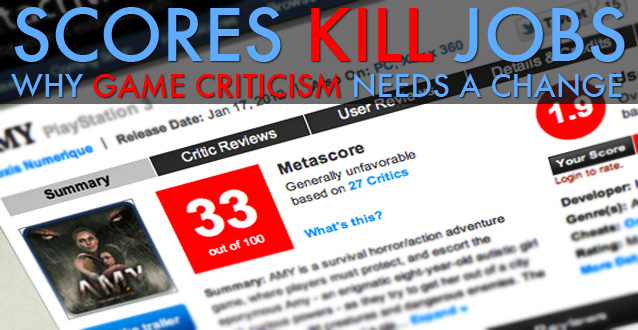

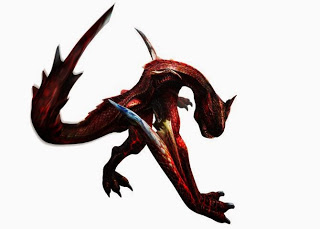
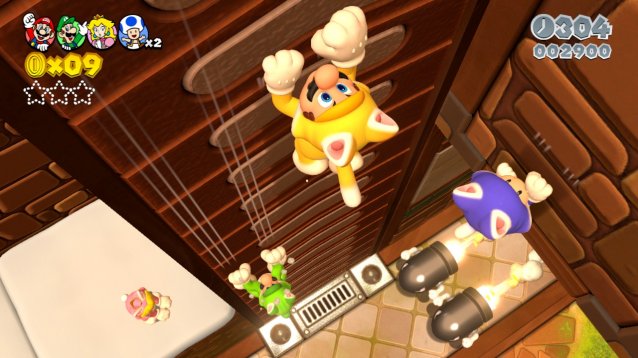
 6 DSLR Bundles That'll Get You Into The World of Photography
6 DSLR Bundles That'll Get You Into The World of Photography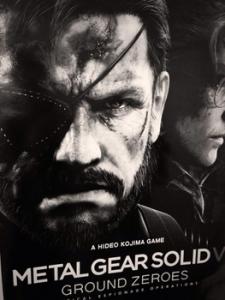 Guide to Earn/Unlock Metal Gear Solid V: Ground Zeroes Achievements/Trophies
Guide to Earn/Unlock Metal Gear Solid V: Ground Zeroes Achievements/Trophies Smite Guide: How to Get Started with Smite
Smite Guide: How to Get Started with Smite Batman Arkham Origins Wiki: Everything you need to know about the game .
Batman Arkham Origins Wiki: Everything you need to know about the game .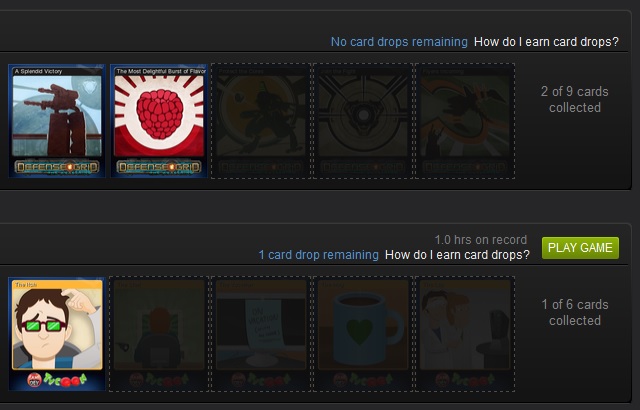 Turn Your Steam Trading Cards Into What You Really Want
Turn Your Steam Trading Cards Into What You Really Want